The planting method that potted lilies should know
Lily is native to Eurasia and North America and is distributed in Hubei, Shaanxi, Shanxi, Henan and Hebei provinces in China. Lily has become one of the five famous fresh cut flowers because of its large flowers, colorful, dignified and graceful posture, which can be watched in pots or arranged in flower mirrors in flower beds. Its bulb is fresh and tender, rich in nutrition, and some can extract essence, which has special medical and health care effect, and is a best-selling health food in the market.
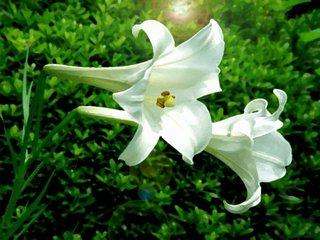
Lily has strong adaptability, can reproduce and grow well in the south and north, and the soil quality is not strict, but it is better to choose cool, dry, sunny environment and sandy soil with good drainage. In recent years, the sudden rise of potted lilies has enriched the festive flower market. However, the plants of most lily varieties are higher and the height is about 70--120cm, which not only causes inconvenience to transportation, but also affects the ornamental value of lilies. For this reason, the dwarfing cultivation techniques of lilies were studied and good results were obtained.
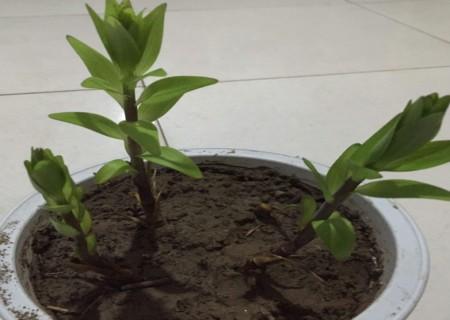
How to plant lilies in pots? Use the lilies you bought from the vegetable market and plant them in a flowerpot so that you can enjoy the flowers and eat them, and the balcony is suitable for these vertical plants so that they don't take up too much space.
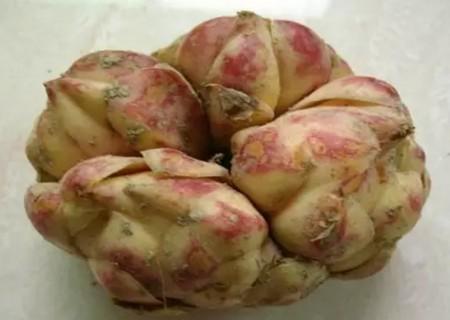
There are three kinds of common edible lilies in the vegetable market, one is curly lily, which is composed of several small lilies, the other is Sichuan lily, which is spherical, which is made up of dozens or hundreds of scales, and the other is Longya lily. this kind of bitterness, scale hypertrophy, white and delicate:
Planting methods / steps:
1. Lilies can be propagated by scales and bulbs, but it is easier to propagate with bulbs, so I chose the lily with many bulbs and came back to gently separate the balls gathered together.
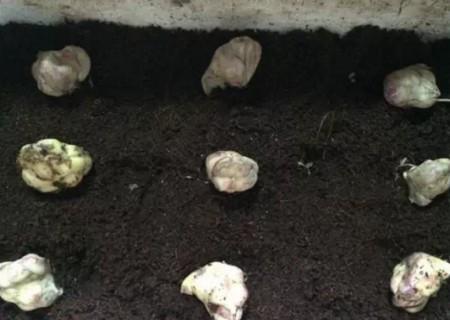
2. The bulbs can be soaked in carbendazim for 20 minutes, remove and drain.
3. Stand the bottom of the bulb down on the soil (I use coconut shell powder, you can use clean sand, or peat or vermiculite)
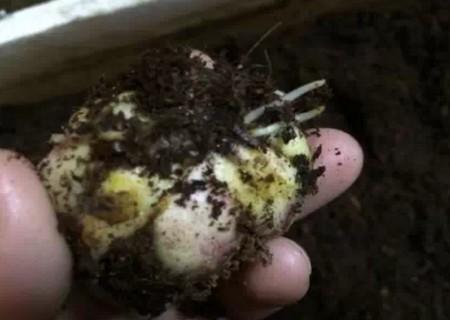
4. Keep the soil moist at ordinary times and take root in about a week
5. After rooting, you can transplant to sandy loam soil, or wait for germination before transplanting, but at this time the root system is developed, and it is easy to hurt the root when transplanting.
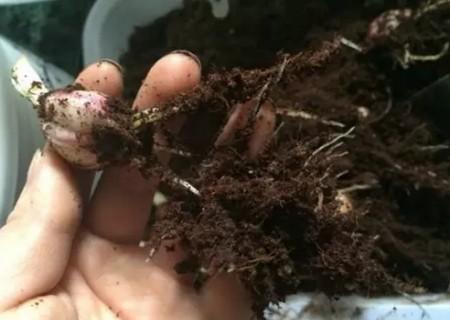
6. You can plant one tree in a pot, or plant a large pot according to the distance of the 15CM plant. The depth of planting the bulb is about 8CM.
7. Lily likes sandy loam with smooth drainage, loose soil and fertile soil; sandy loam is easy to consolidate and can cover the soil with hay, which can not only prevent frost, but also preserve soil moisture, kill grass and prevent soil consolidation.
8. Lily likes fertilizer, adding rotten cake fertilizer, compound fertilizer and granular organic fertilizer to the soil as base fertilizer.
9. Lily likes weak light in seedling stage, light in vegetative growth stage, and insufficient light has effects on plant growth and bulb expansion, especially in bud and flowering stage. If the light is too weak, the buds are easy to fall off, but they are afraid of the high temperature and strong light in summer, which will cause the stems and leaves to wither and yellow earlier.
10. The florescence is in June and July, and the single flower blooms for a week.
11. It takes patience to grow lilies. It takes about three years for bulbs to harvest and six years for lily scales to reproduce.
If you want lilies to grow healthily, you must ensure soil nutrients, adequate sunlight, temperature control, watering water, fertilizer control, pest control, and pruning. Generally speaking, the care of lilies after flowering is relatively simple. When all the plants of lilies wither, it shows that the lilies have entered a dormant period.
- Prev
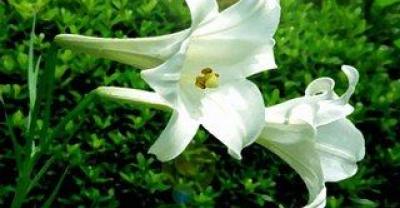
Planting lilies in this way will greatly increase your income.
Ms. Wu from Lanzhou grew lilies for many years and made her rich by selling lilies and bulbs. But Ms. Wu feels that this kind of lily land is a bit wasteful.
- Next

Home fengshui plants: plants suitable for growing at home
As people pay more and more attention to the living environment, many people will plant some plants indoors to increase their vitality and fengshui. But there are too many varieties of plants, and.
Related
- Fuxing push coffee new agricultural production and marketing class: lack of small-scale processing plants
- Jujube rice field leisure farm deep ploughing Yilan for five years to create a space for organic food and play
- Nongyu Farm-A trial of organic papaya for brave women with advanced technology
- Four points for attention in the prevention and control of diseases and insect pests of edible fungi
- How to add nutrient solution to Edible Fungi
- Is there any good way to control edible fungus mites?
- Open Inoculation Technology of Edible Fungi
- Is there any clever way to use fertilizer for edible fungus in winter?
- What agents are used to kill the pathogens of edible fungi in the mushroom shed?
- Rapid drying of Edible Fungi

